- Joined
- Jan 19, 2010
- Messages
- 1,193
- Reaction score
- 41
I just got The Grizzly 10 x 22 g0602. (Oh yes, I am excited) It weighs in at a hefty 300 plus pounds as is.
Here it is awaiting the treacherous trip into the basement.
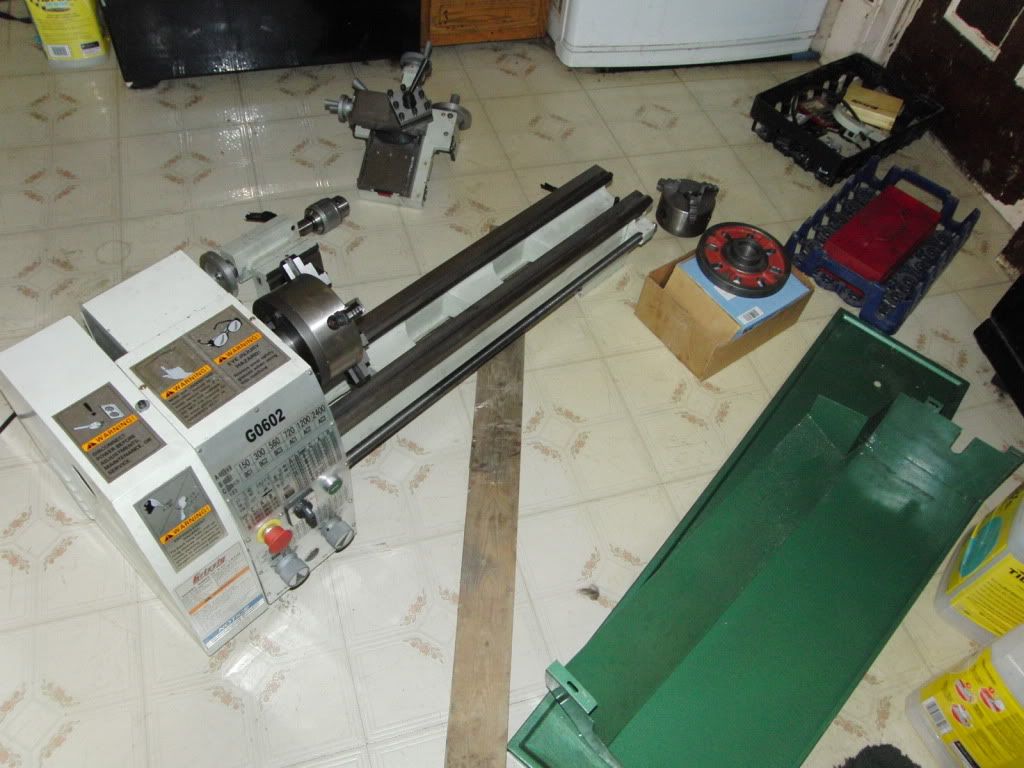
And it has to go here.
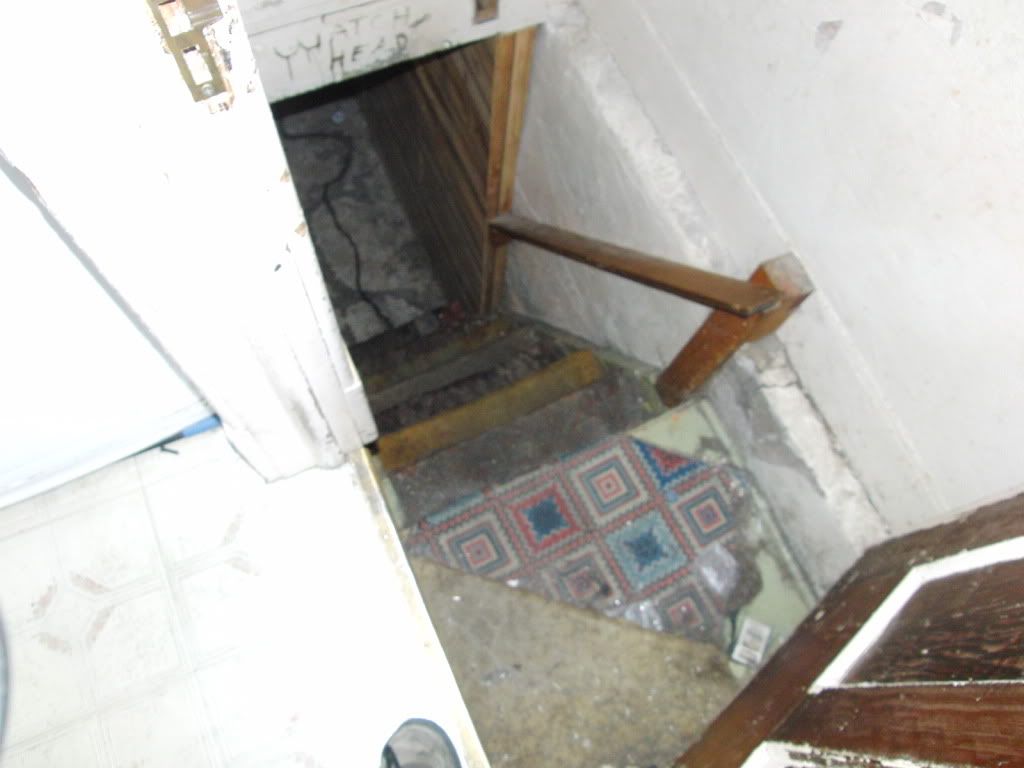
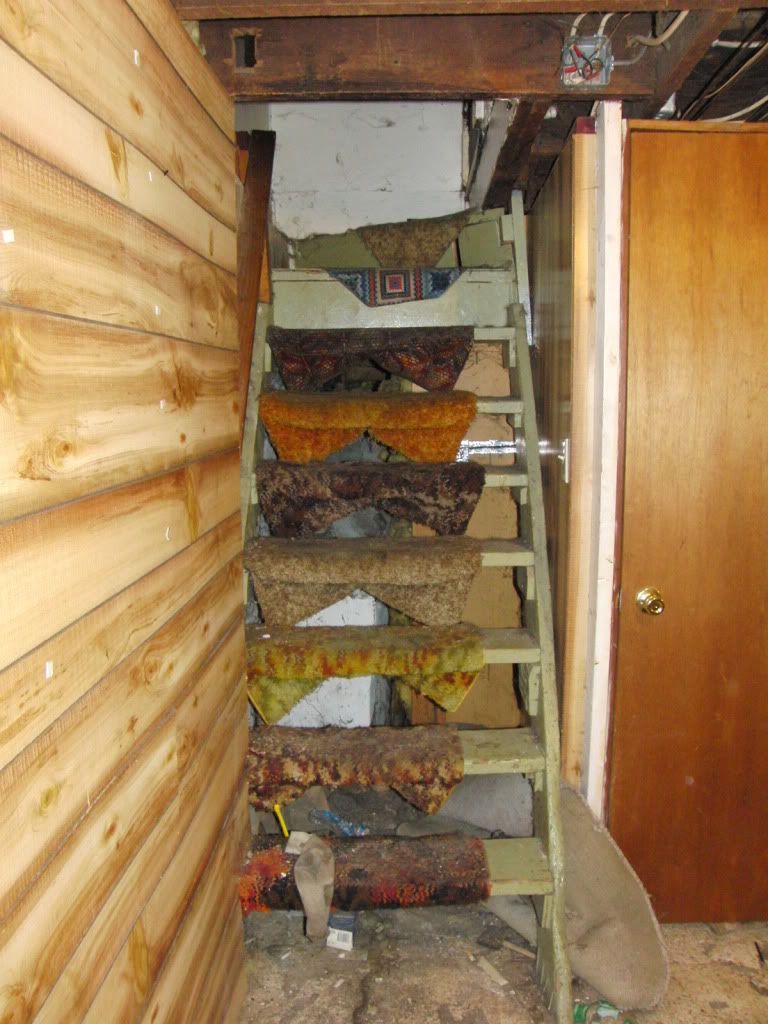
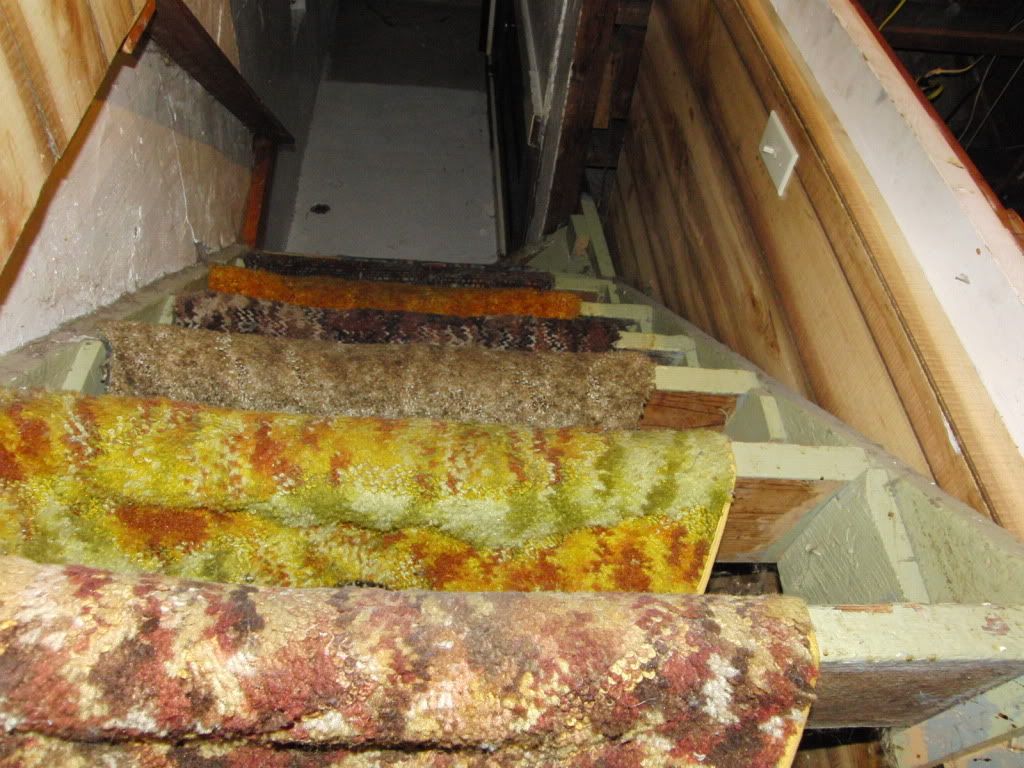
Any Ideas? This is more of a ladder than a staircase, and the lack of a landing is going to be troublesome.
I am thinking about getting a chain hoist and connecting it to the rafters. It will have to go down in the vertical position.
Is it OK to hang the lathe from one end? Will I warp anything?
I also have another concern about this lathe.
It is missing the holes on the spindle to lock it in place for removal of the chuck.
There should be holes here, but their aint.
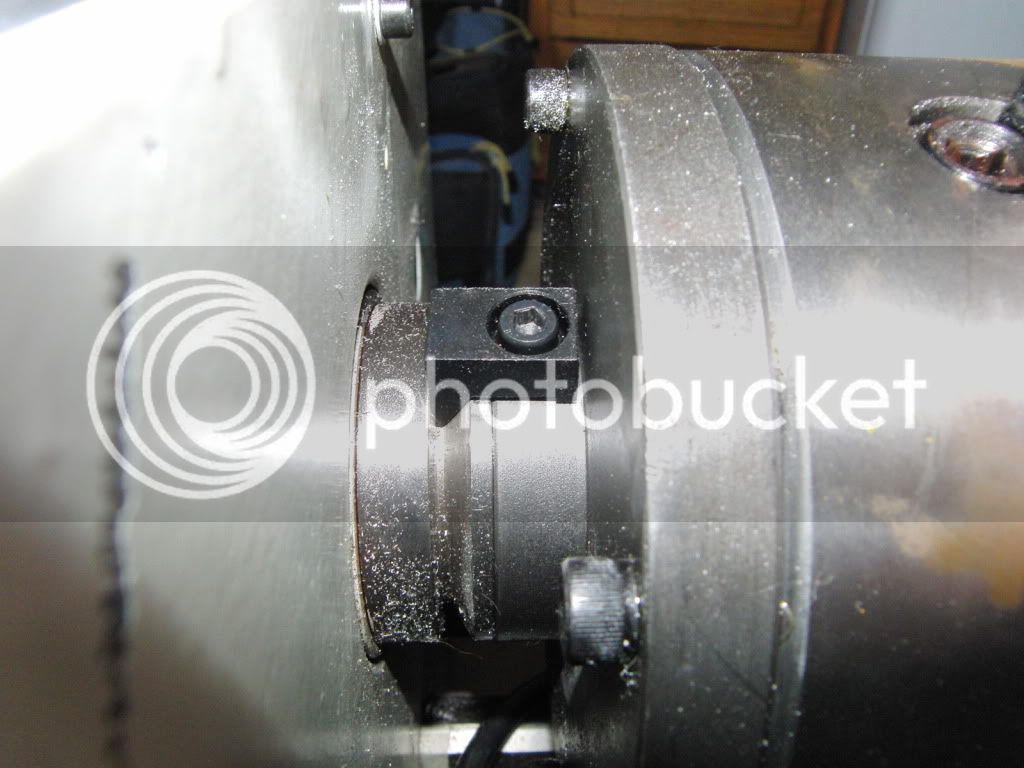
I might be able to get a strap wrench on it.
Has anybody encountered this before? What did you do?
Kel
Here it is awaiting the treacherous trip into the basement.

And it has to go here.



Any Ideas? This is more of a ladder than a staircase, and the lack of a landing is going to be troublesome.
I am thinking about getting a chain hoist and connecting it to the rafters. It will have to go down in the vertical position.
Is it OK to hang the lathe from one end? Will I warp anything?
I also have another concern about this lathe.
It is missing the holes on the spindle to lock it in place for removal of the chuck.
There should be holes here, but their aint.

I might be able to get a strap wrench on it.
Has anybody encountered this before? What did you do?
Kel





